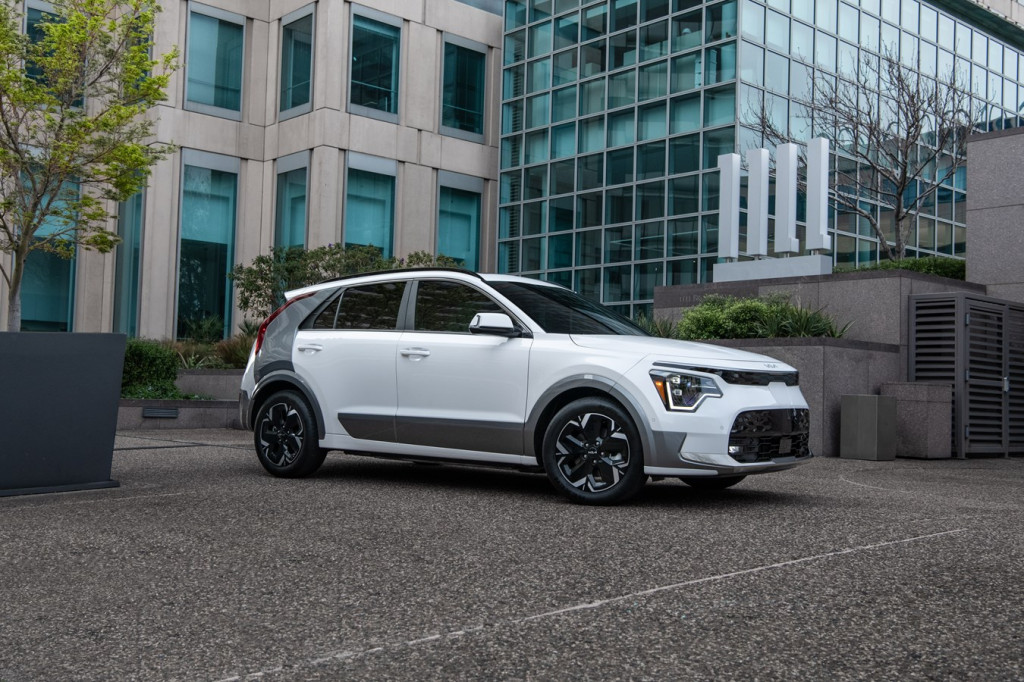[ad_1]
Lyft is expanding its Green mode, which allows riders to specify an EV or hybrid, to additional cities beginning April 17.
“We’ve seen an explosion of interest in EVs—and once a driver or rider gets into an EV, they’re more likely to prefer them moving forward,” Paul Augustine, Lyft director of sustainability, said in a company blog post announcing the expansion.
Green mode was first trialed in Seattle in 2019, and is currently available only in Portland, Oregon. It’s now expanding to 14 cities and regions, including: San Francisco, Seattle, Los Angeles, Silicon Valley, Boston, New York City, Chicago, San Diego, Austin, Denver, Orange County, Sacramento, Phoenix, and Washington, D.C.

2023 Hyundai Ioniq 5
Even in these areas, Green mode will only be available to riders with Lyft business profiles, for now. However, this only requires a work email to set up, Lyft noted. With a business profile selected, riders just need to choose Green mode when setting up a ride.
Under the current program, rides in Green mode are currently $1 more than standard rides. Lyft splits that dollar between the driver and helping grow the population of EVs and hybrids, according to Lyft.
If all goes according to plan, Green mode will eventually become redundant. In 2020, Lyft announced plans to be all-electric by 2030. In 2021, California adopted a mandate seeking to make ride hailing fleets electric by 2030, with graduated rules starting in 2023 to begin the ramp-up of EVs.

2023 Kia Niro EV
Lyft’s main rival, Uber, is also targeting all-electric rides by 2030. It’s been taking a different approach, looking to actual vehicle makers to help make the vehicles for ride-hailing more accessible. In 2021, startup Arrival unveiled an EV designed for Uber and ride hailing, but dropped the project in 2022.
Efforts by both Lyft and Uber to go electric could have a major impact on overall transportation emissions. A 2021 study found that the greenhouse-gas footprint of taking a ride-hailing service can be higher than that of driving yourself, in part because drivers spend a lot of time “deadheading” from place to place without passengers onboard.
[ad_2]
Source link




